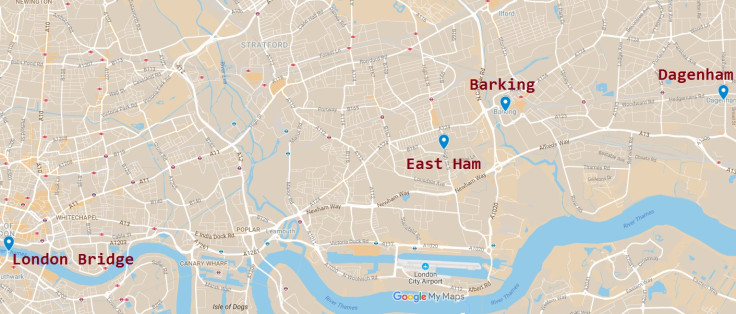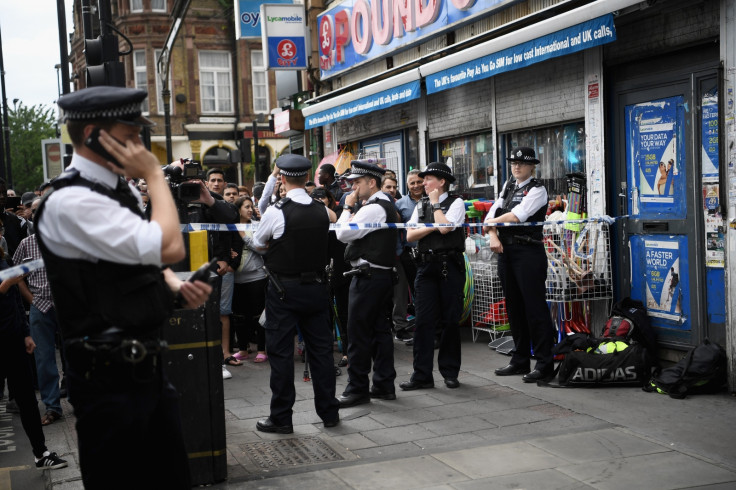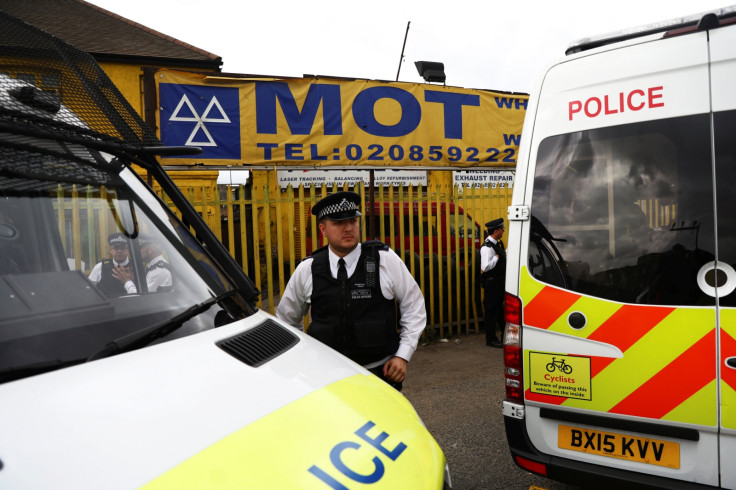The far east end of London: Where extremists like Anjem Choudary prowl for radical recruits
Terror police investigating the London Bridge attack move in on Barking, East Ham, and Dagenham.
As soon as the chaotic events at London Bridge and Borough Market had finished, the investigation began. As it did, the focus of police attention shifted away from by the River Thames in Southwark, on the south side of the water in central London, and out to the multicultural east of the city further north.
On 5 June, in the morning after the terror attack which killed at least 7 people and injured scores more, armed police raided an address on Kings Road in Barking, east London, and arrested 12 people in connection with the incident.
It's believed to be the home of one of the three as yet unnamed attackers, who mowed down pedestrians on London Bridge before going on a knife rampage through the bars and restaurants of nearby Borough Market. All were shot dead by police within eight minutes of the attack beginning.
Further raids followed in the hours after in neighbouring East Ham and Dagenham, where gunfire and explosions were heard, and more arrests were made as the investigation moved quickly forward.
Out in the far east of the east end of London, Barking, Dagenham, and East Ham are diverse areas with high rates of poverty, unemployment, crime, and immigration.
Barking and Dagenham both sit in the London borough which carries their names, while East Ham is next door in the borough of Newham. These areas, historically dominated by the white working class, much of which has moved further out into Essex in recent years, have attracted immigrant populations since the 1960s when British borders were opened up to those living in the old colonies.
While there remains a big chunk of white British population, the area has large minorities of Asian, African, and Caribbean people. More recently with the expansion of the European Union, these parts of east London have attracted people from central and eastern Europe, too.

Reflecting this is a diversity of shops lining the streets, from Asian stores to Polski skleps to takeaways, sitting between the rows of Victorian terraces and drab social housing developments which replaced what was bombed away during the Second World War.
Cheap housing relative to elsewhere in London, where rents are beyond reach for most people, make it an attractive area for the city's low-earners, many of which are immigrants. Rents in these areas of east London can be hundreds if not thousands of pounds cheaper.
But this diversity has also made these parts a target for far-right groups looking to exploit racial tensions, from the street thugs of the National Front in the 1970s, to the British National Party (BNP) in the 1990s and early 2000s, to the English Defence League (EDL) in more recent times.

Many of those who have settled in the areas with their families are Muslim. For the whole of the London Borough of Barking and Dagenham, Muslims account for 13.7% of the population, above the city-wide average of 12.4% and the whole of England's 5%.
In the Abbey council ward of Barking, in which is the first property raided, the Muslim portion of the population, at 34.5%, is the highest for the whole borough.
This area, once home to a medieval monastery whose ruins now lay in a park, is known as something of a hub for extremist elements. The communities, plagued by small but vocal and highly-active fundamentalists, are only too aware of what these people are capable of.
Extreme groups try to recruit local people who are young and disaffected, and so can be easily exploited because their troubled backgrounds or criminal pasts leave them vulnerable to radicalisation.
As recently as 17 May, four young men were arrested in east London on suspicion of preparing a low-tech terror attack - such as using a vehicle and knives, as at London Bridge - in what police said was a "significant" plot.

Anjem Choudary, the notorious extremist hate preacher jailed in 2016 for supporting Isis, lived in Ilford, just up the road from Barking, where he helped run a sweet shop owned by his brother, and operated in east London with his now-banned group Al-Muhajiroun.
One of Choudary's associates was also jailed in 2016 for an attack on a boy hugging his girlfriend on a street in East Ham. Michael Coe, 35, beat up the 16-year-old after interrogating the couple about being Muslims and calling the girl a "whore". The judge branded Coe a "self-appointed enforcer" of an extreme Islamic code of conduct.

Since the London Bridge attack it has emerged that at least one of the attackers had been reported multiple times to the police because of his radical views.
One friend of the attacker told BBC Asian Network that he had contacted authorities after realising the man had extremist views.
Separately, a neighbour had said she had reported him to Barking police after he had attempted to radicalise her children in the park by offering them sweets and talking to them about Islam.
Another person who knew one of the attackers said they had been thrown out of the Jabir Bin Zayd mosque in Barking for questioning the imam. According to the MailOnline, the terrorist was ranting about how it is un-Islamic to vote in a general election.
"He seemed an uneducated person. He seemed to have no knowledge of religion," the unnamed mosque manager said.
© Copyright IBTimes 2025. All rights reserved.






















